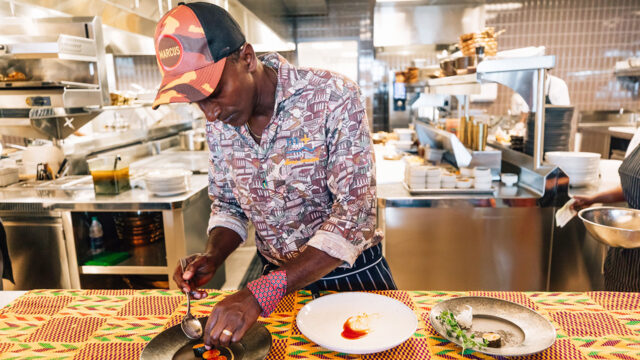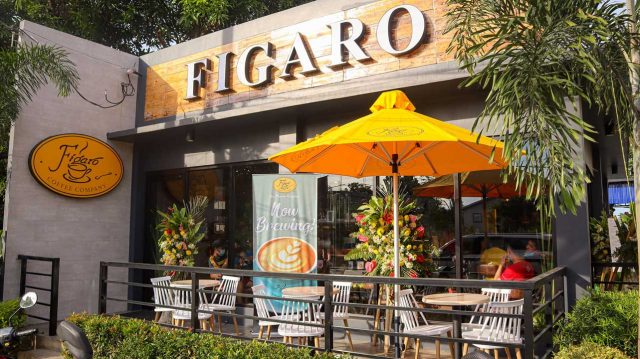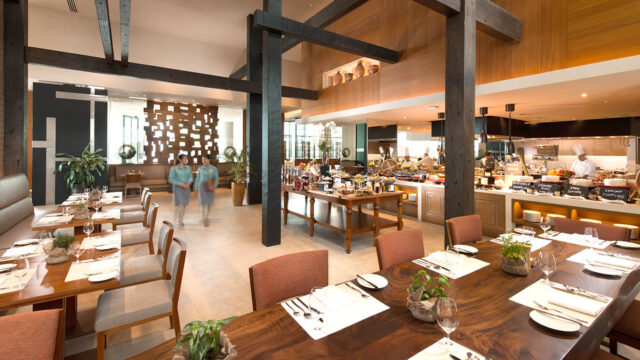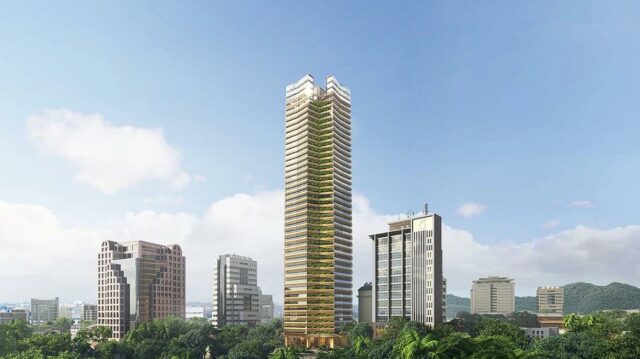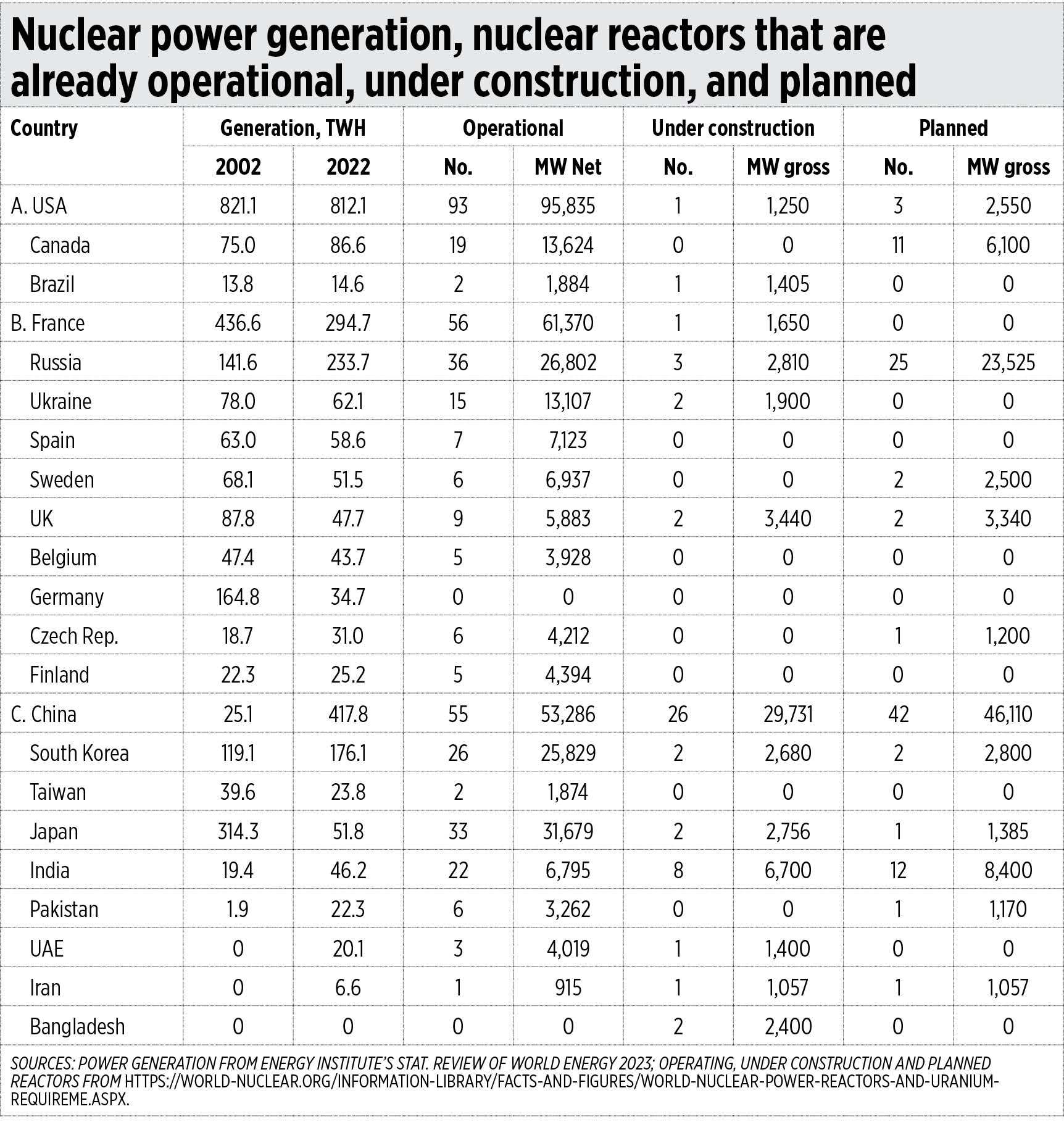Spain’s paella rice could ‘disappear,’ say farmers angry at EU rules
(MADRID — A Spanish rice variety traditionally used to make paella is under threat from a fungus after the European Union (EU) banned a pesticide farmers said they relied upon, in another example of how the bloc’s environmental rules are angering growers.
Three rice producers in the Valencia region said their harvest of arroz bomba, or bomb rice, a variety grown almost exclusively in Spain, was half the 10-year average in 2023 as a result of the Pyricularia fungus which causes rice blast disease.
Bomba rice “is very likely to disappear,” said Miguel Minguet, a rice farmer in the Albufera Natural Park in Valencia. “Our crop is going to be lost to regulations.”
Meanwhile, major exporters such as Brazil, India, and Cambodia are widely using the pesticide to protect their own crops.
Farmers across Europe have staged angry protests against the EU over restrictions they say hand an advantage to outside competitors. Spanish farmers have been protesting across the country this week.
The clashes are exposing the EU’s struggle to reconcile its sustainability drive with its aim of becoming more self-sufficient in food production amid disrupted supply chains.
The European Commission has been forced to backpedal, with President Ursula von der Leyen on Tuesday proposing the withdrawal of the EU’s plan to halve the use of pesticides.
SMALL TRACES
The EU in 2018 stopped authorizing tricyclazole because it ruled it could be harmful to human health.
It had been relied upon for 40 years to combat the fungus affecting bomba rice in Spain’s wetlands, the farmers said.
What angers farmers perhaps the most is that the EU still allows imports to have small traces of the fungicide.
“There’s one set of rules for Europe and another for those producing outside,” said Emilio Gonzalez, a professor at the School of Agricultural and Forestry Engineering at the University of Cordoba.
Imported goods need to respect residue levels set by the EU, a spokesperson for the European Green Deal team said.
The levels “ensure the products are safe for human consumption,” they said.
Farmers in the Albufera wetlands are still able to use at least two other fungicides to protect rice production, which filter into the ecosystem and affect shrimp populations, according to a 2023 study led by Andreu Rico, a researcher in biodiversity at the University of Valencia.
Rice is “an intensive monoculture where the disease spreads easily from one field to another,” Rico said.
The decline in bomba rice production has caused the price to double in three years, selling for more than five euros ($5.39) a kilo in retailers such as Carrefour or Ahorramas.
Spain’s biggest supermarket chain Mercadona confirmed shortages in recent months but supply “is gradually recovering in almost all our stores in Spain,” it said.
Bomba rice rather than other varieties is popular for cooking paella, a rice dish most typically made with rabbit, chicken, green beans, and butter beans, because it “expands like an accordion” when heated meaning it’s difficult to overcook, said Rafael Vidal, a well-known paella chef who offers classes in cooking the dish at his restaurant near Valencia. — Reuters



